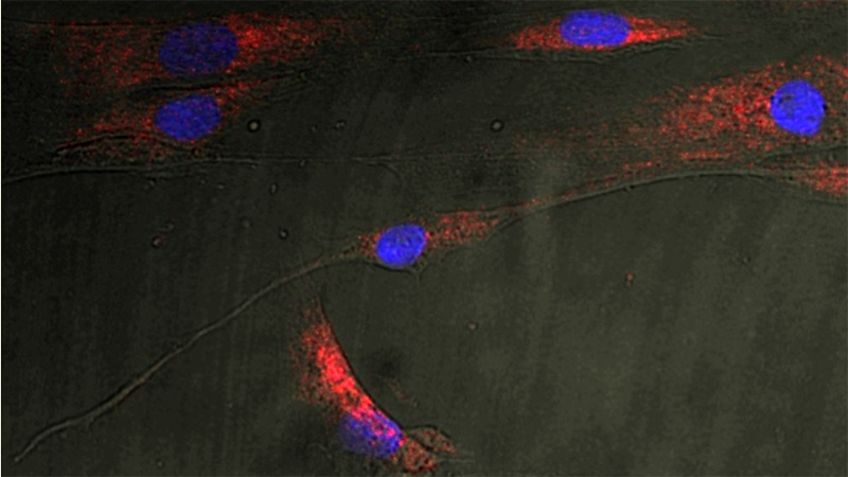Fliegen-Projekte
Lipid metabolism and energy homeostasis



The elucidation of the molecular mechanisms underlying the regulation of lipid metabolism have gained growing interest in the last decade. Understanding the biological relevance of lipid/protein and lipid/lipid interactions is still considered an important challenge in biochemistry and cell biology research. On the other hand, the chronic dysregulation of the balance between lipolysis and lipogenesis – for example caused by overeating or by genetic predisposition – is causative for obesity, lipodystrophy syndromes or insulin resistance which have almost reached the status of a pandemic worldwide. Metabolic dysregulation in the patients is often associated with inflammation of metabolic organs such as the adipose tissue, the gut or the liver. Lipid accumulation in the brain leads to lipid storage diseases such as shingolipidoses causing neurodegeneration.
One line of research in the lab is the analysis of the sphingolipid metabolism and its regulation and dysreguation in response to genetic manipulation or nutrition, e.g. by feeding different diets. Sphingolipids are essential structural components of eukaryotic membranes and play important roles as second messengers regulating apoptosis, survival and differentiation. The enzymes of the sphingolipid pathway are conserved in all genetically studied eukaryotes. However, in vivo information on how these enzymes are regulated in response to growth requirements or during starvation is either limited by early lethality of the knock out animals reflecting the fundamental necessity of these enzymes or by the lack of mutants. We have recently characterized the schlank gene as a major regulator of sphingolipid and body fat metabolism (Bauer et al., EMBO J. 2009). schlank encodes a conserved member of the ceramide synthase protein family, which contain a Lag1 motif required for ceramides synthase activity and a homeodomain of still unknown function. Currently, we analyse the molecular mechanisms of Schlank function in different metablic tissues and in the nervous system. Furthermore, we have begun to study the role of the sphingolipid metabolism in lysosomes and the mechanisms underlying ß oxidation of very long fatty acids in peroxisomes. One important aim of these studies is to understand how metabolic dysregulation e.g. caused by overeating contributes to neurodegeneration and vice versa, how diet changes can improve the pathological processes in the brain and contribute to neuroprotection.
Selected recent publication
- Bauer R, Voelzmann A, Breiden B, Schepers U, Farwanah H, Hahn I, Eckardt F, Sandhoff K, Hoch M. 2009. Schlank, a member of the ceramide synthase family controls growth and body fat in Drosophila. EMBO J 28: 3706-16








